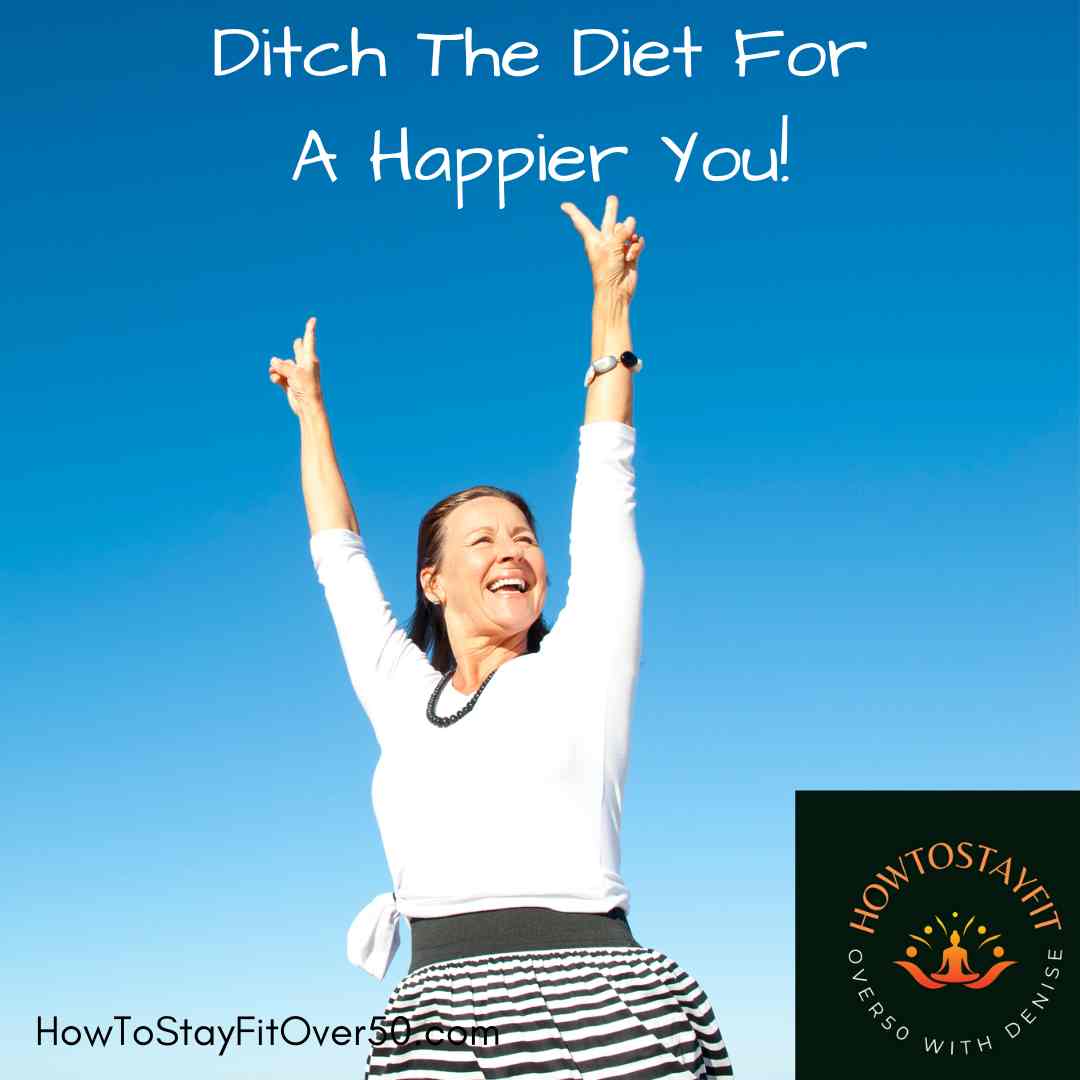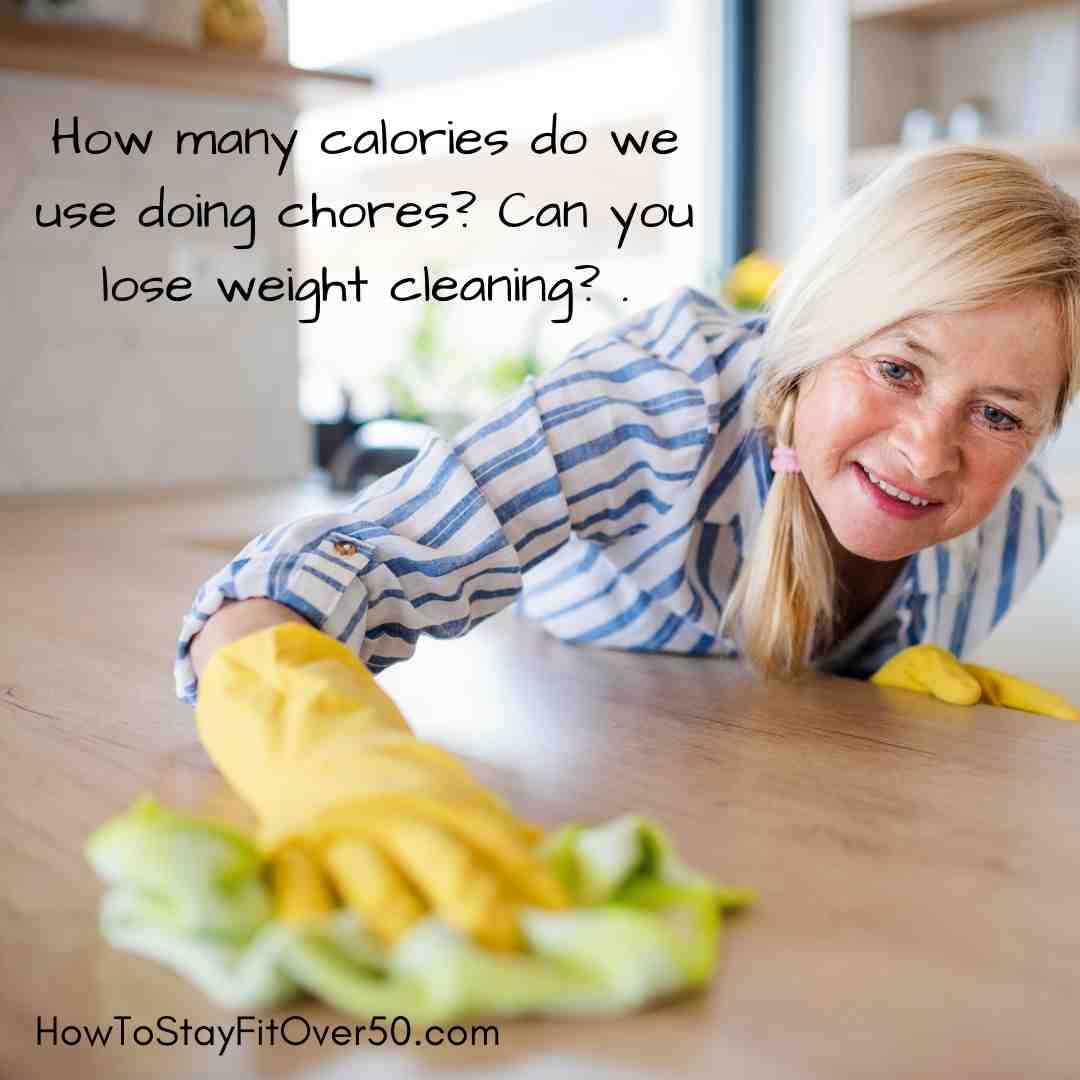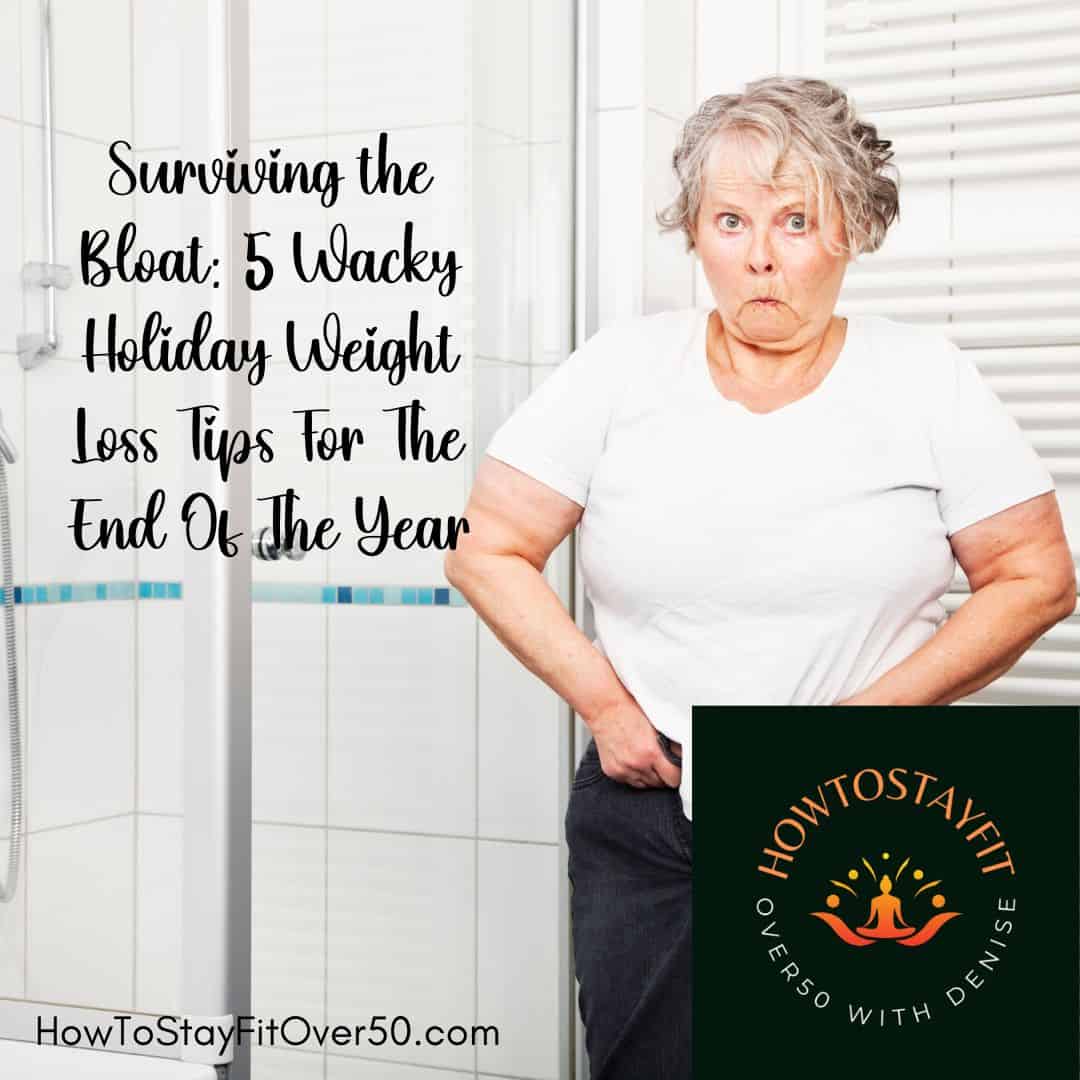Back pain after hysterectomy. What to do.
Back pain after a hysterectomy can be an unexpected and uncomfortable side effect of an otherwise routine surgical procedure. Before we start, I want to say if you are in pain, contact your doctor immediately. While a hysterectomy can provide relief from the symptoms of various health conditions, the recovery process may come with its… Read More Back pain after hysterectomy. What to do.









